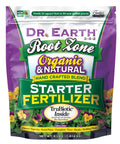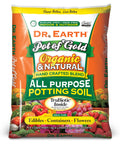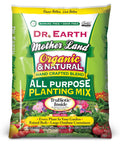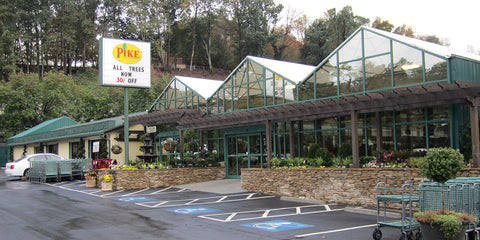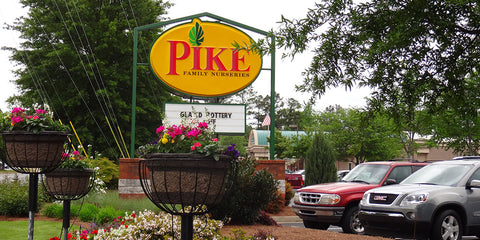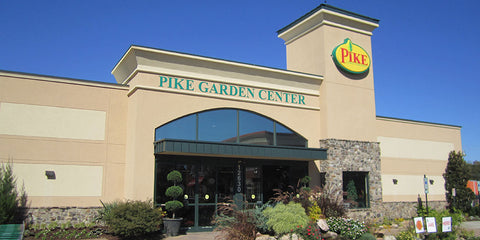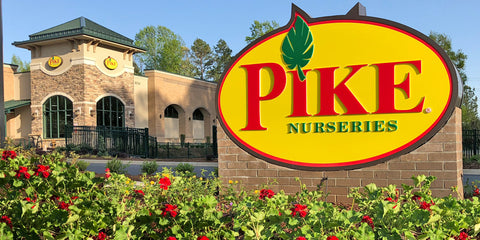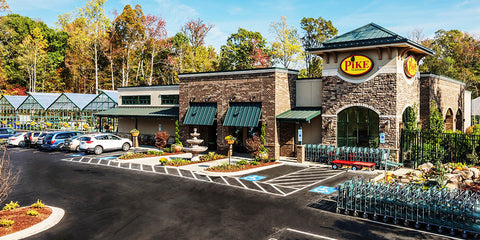Details
Features
Burgundy Rubber Tree's attractive glossy oval leaves remain dark green in color with pointy red spines and tinges of burgundy throughout the year. The flowers are not ornamentally significant.
This is a multi-stemmed evergreen houseplant with an upright spreading habit of growth. This plant may benefit from an occasional pruning to look its best.
Care
Planting & Growing
When grown indoors, Burgundy Rubber Tree can be expected to grow to be about 8 feet tall at maturity, with a spread of 6 feet. It grows at a medium rate, and under ideal conditions can be expected to live for approximately 50 years. This houseplant will do well in a location that gets either direct or indirect sunlight, although it will usually require a more brightly-lit environment than what artificial indoor lighting alone can provide. It prefers dry to average moisture levels with very well-drained soil, and may die if left in standing water for any length of time. This plant should be watered when the surface of the soil gets dry, and will need watering approximately once each week. Be aware that your particular watering schedule may vary depending on its location in the room, the pot size, plant size and other conditions; if in doubt, ask one of our experts in the store for advice. It is not particular as to soil type or pH; an average potting soil should work just fine.
There are many factors that will affect the ultimate height, spread and overall performance of a plant when grown indoors; among them, the size of the pot it's growing in, the amount of light it receives, watering frequency, the pruning regimen and repotting schedule. Use the information described here as a guideline only; individual performance can and will vary. Please contact the store to speak with one of our experts if you are interested in further details concerning recommendations on pot size, watering, pruning, repotting, etc.


